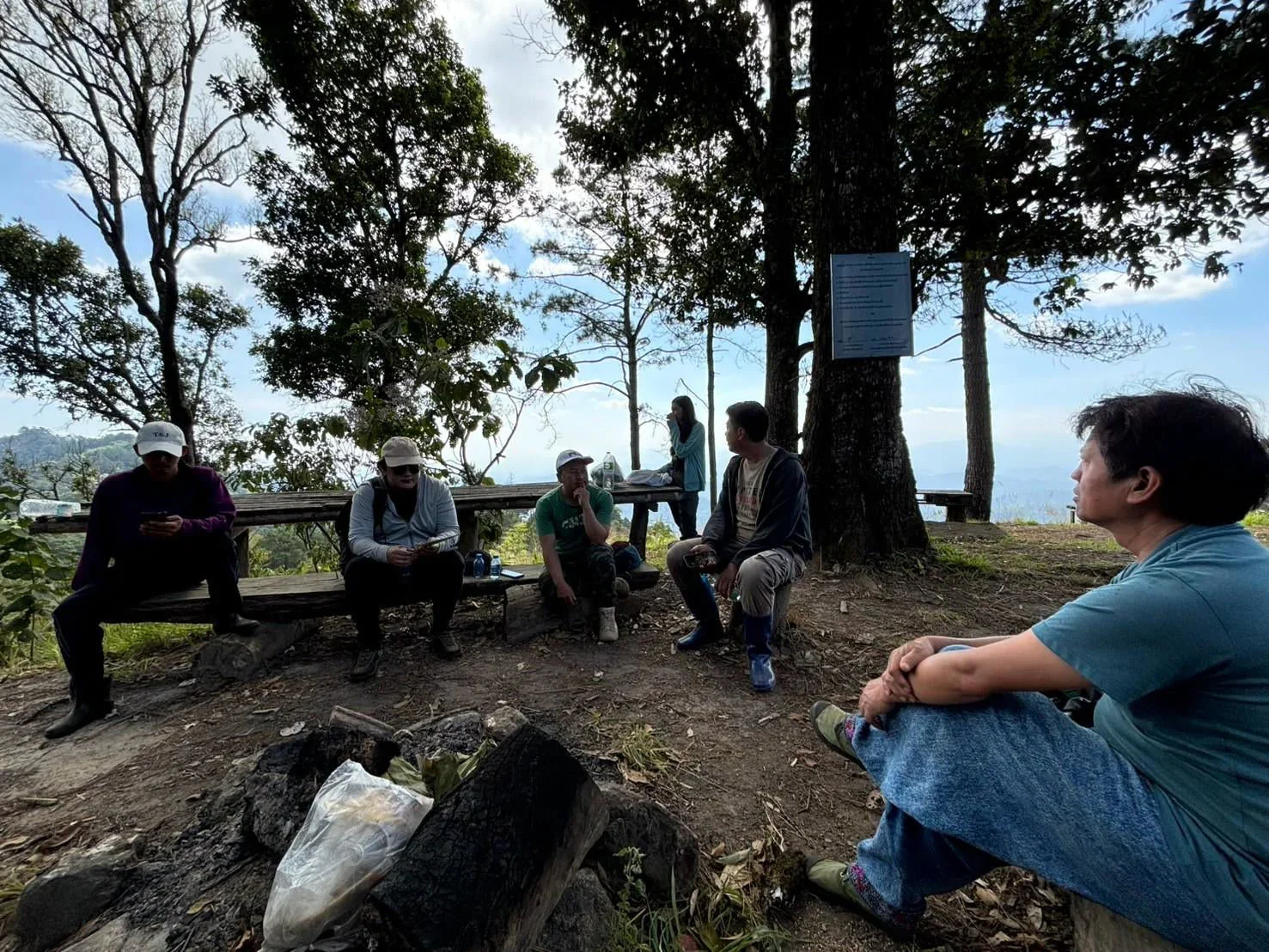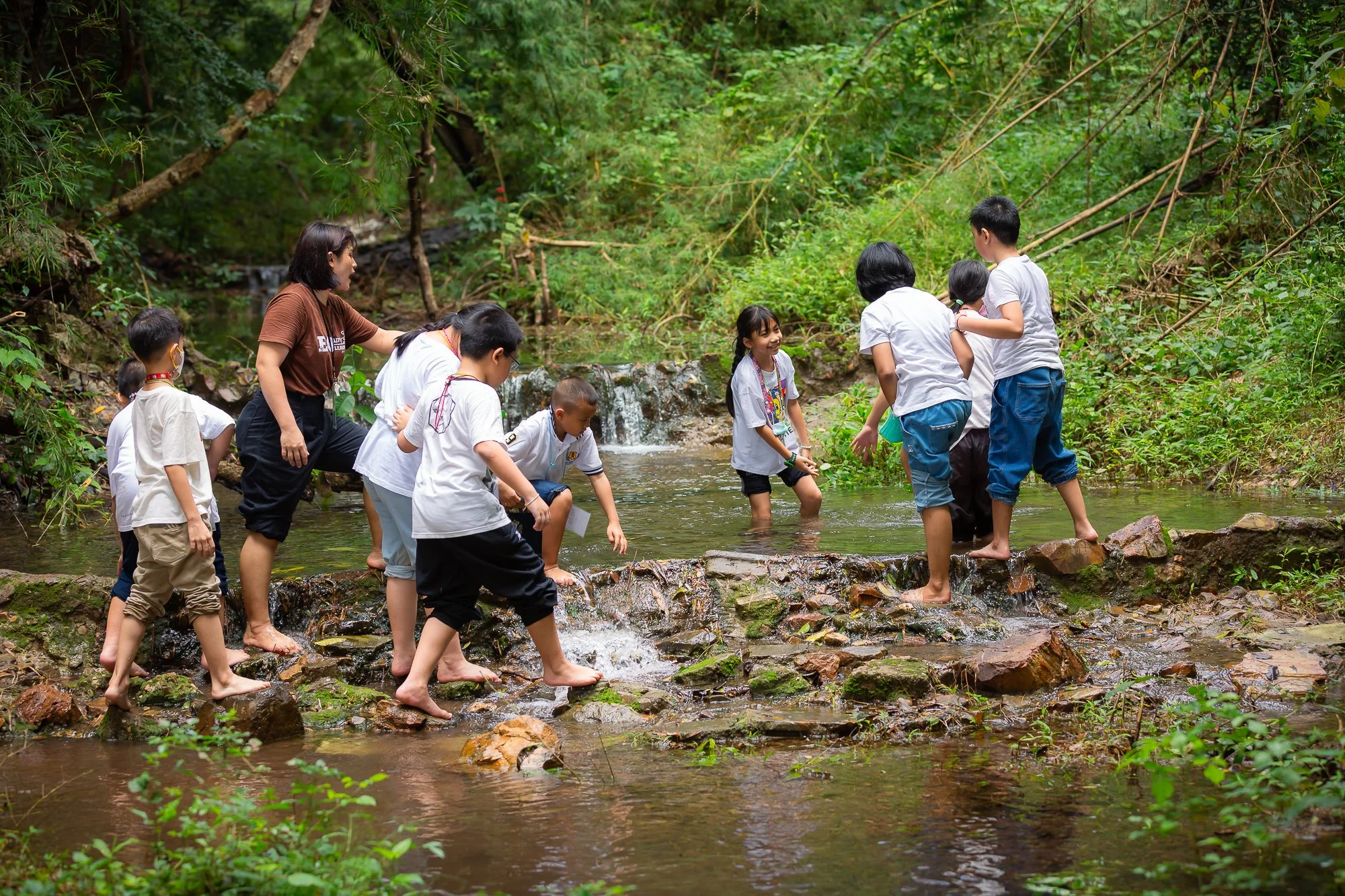Form Eco Tourism to Regenerative Tourism
Over the past few decades, the travel industry has moved through many phases — from mass tourism and responsible tourism to eco-tourism. Each step reflected a deeper awareness of how travel impacts the environment and local communities. Today, the world is entering a new era where simply “reducing harm” is no longer enough. Travelers are seeking something more meaningful — and destinations are redefining what it means to welcome visitors.
This shift has given rise to Regenerative Tourism: a philosophy and practice that aims not only to preserve what already exists, but to actively make places better than they were before.
What Is Regenerative Tourism?
Regenerative Tourism is a travel approach that goes beyond minimizing harm and aims to actively restore, heal, and improve the social, cultural, economic, and environmental systems of the places we visit. Unlike traditional tourism that focuses on consumption, or eco-tourism that focuses on protection, regenerative tourism encourages travelers, communities, and operators to become co-creators of positive impact — leaving destinations better than before.
It is not just about protecting nature — but reviving ecosystems, strengthening communities, and ensuring long-term well-being for both people and places.
Core dimentions of Development
1.LEGEND - Initially, the settlers established their community on the ridge above the old Mae Sa village. However, due to the insufficient water supply for agriculture there that area, they later relocated to Mae Sa Noi. It is assumed that the name 'Mae Sa' originated from the abundance of 'sa' trees (paper mulberry) in the area, leading to the village being named after the tree.
2.WISDOM - Traditional knowledge of indigenous medicinal herbs and hemp fiber weaving, which serves as a key export commodity and is integrated into daily life through items such as clothing.
3.CULTURE - The residents of Mae Sa Noi maintain their traditional Hmong cultural practices and rituals, including ancestral worship, life-blessing ceremonies, and rites to dispel misfortune.
4.LIVING - Most villagers are engaged in agriculture in mountainous areas, with farming areas being limited. The main crops are mustard greens and cabbages, typically grown during the rainy season. In the lower part of the community, short-cycle vegetables such as lettuce are cultivated.
5.RESOURCE - Forests, watershed sources and agricultural products.
6.ECONOMY - Agriculture, accommodation and restaurants are the main industries of the community.
7.CRAFT - Handicrafts for daily use and rituals, such as hemp woven fabrics, Hmong embroidered textiles, “ta-laew” bamboo baskets, “Guay” containers, and bamboo garlands.
8.CHARACTER - It is a Hmong village that still preserves parts of its traditional way of life and has developed a clear system and approach to wildfire management, such as dividing areas into zones for fire monitoring within each cluster. The village also has a spiritual center that serves as the heart of the community’s beliefs and unity.
9.NATURE - The surrounding montane rainforest and pine forest areas offer diverse opportunities for developing nature trails and eco-educational trekking routes around the community.
6 The Key to the Development Process "Regenerative Tourism"
1.Human Resource Development - Organize community-based tourism skill workshops to strengthen community-initiated activities.
2.Business development - Develop products and services that showcase the community’s identity through activities, souvenirs, food, and especially trails developed by community members.
3.Marketing and technology development - Use social media and various sales and marketing channels to widely reach the target audience, attract their attention, and draw tourists to the community.
4.Social and environmental development - Develop a long-term environmental plan that involves both the community and tourists in conserving the ecosystem together.
5.Landscape development - Create a communal space that connects tourists and allows them to become part of the community.
6.Management, Finance, and Fundraising - Establish a financial management system to enable fair income distribution within the community.
Establish a fund for forest conservation and wildfire prevention.
The Future of Travel: Healing, Connection, and Co-Creation
Travel should be more than collecting photos and souvenirs. It can inspire responsibility, empathy, and transformation. When travelers become partners not consumers, it’s a journey becomes a shared story of growth.
Regenerative tourism reminds us that we do not travel through communities and landscapes…
we travel with them. And when done right, the most meaningful souvenir is not what we take home but what we leave behind.




